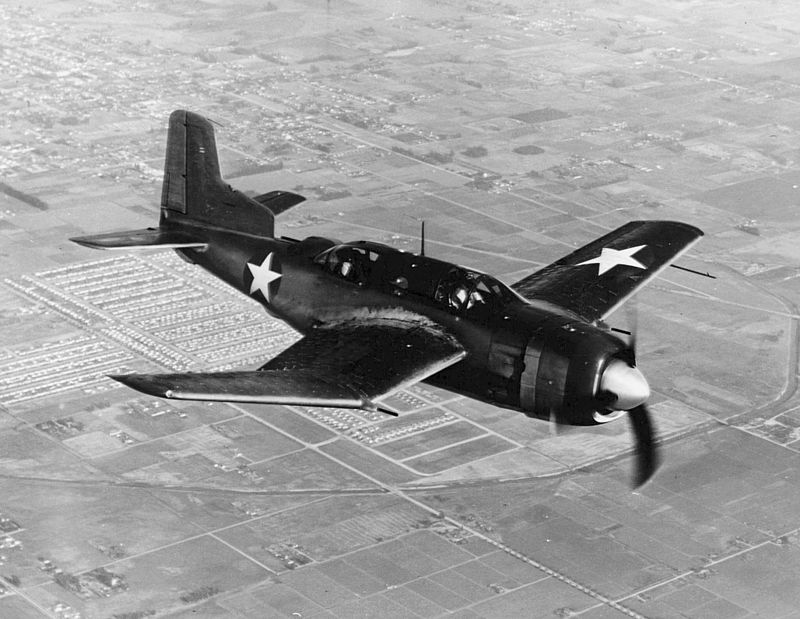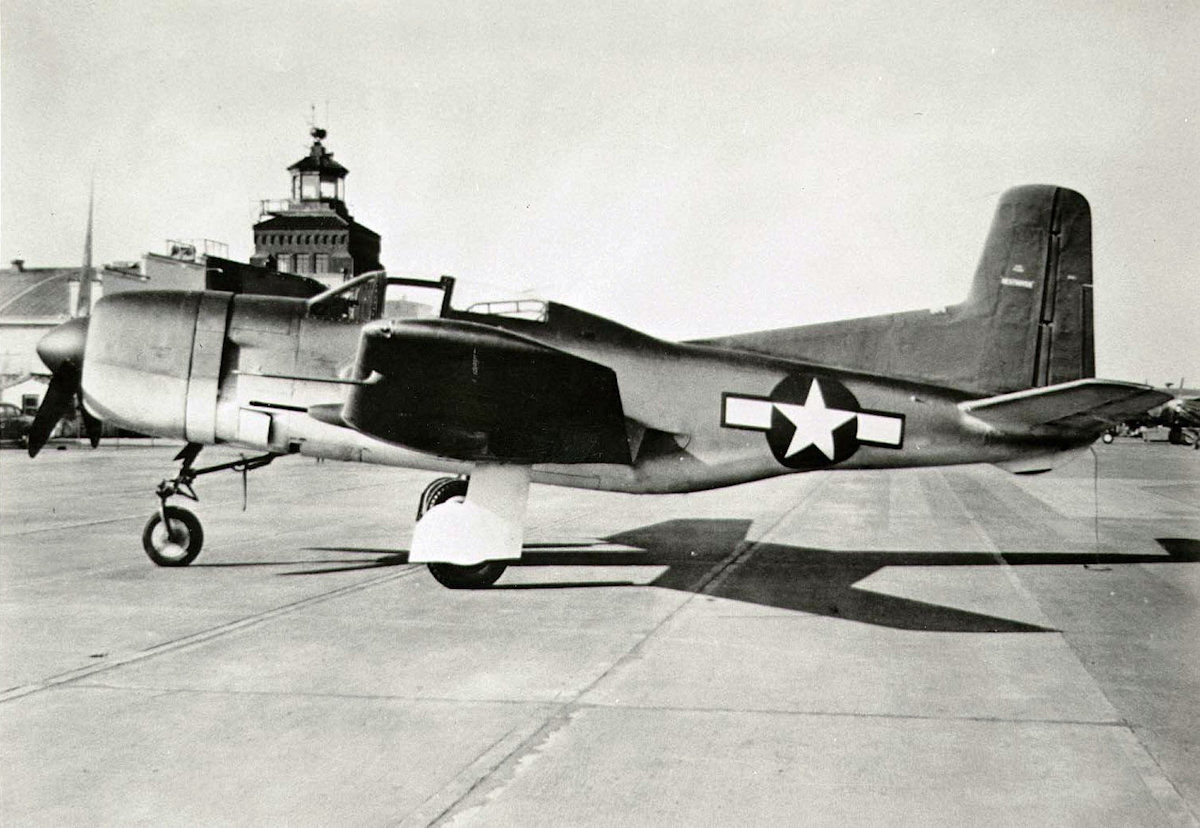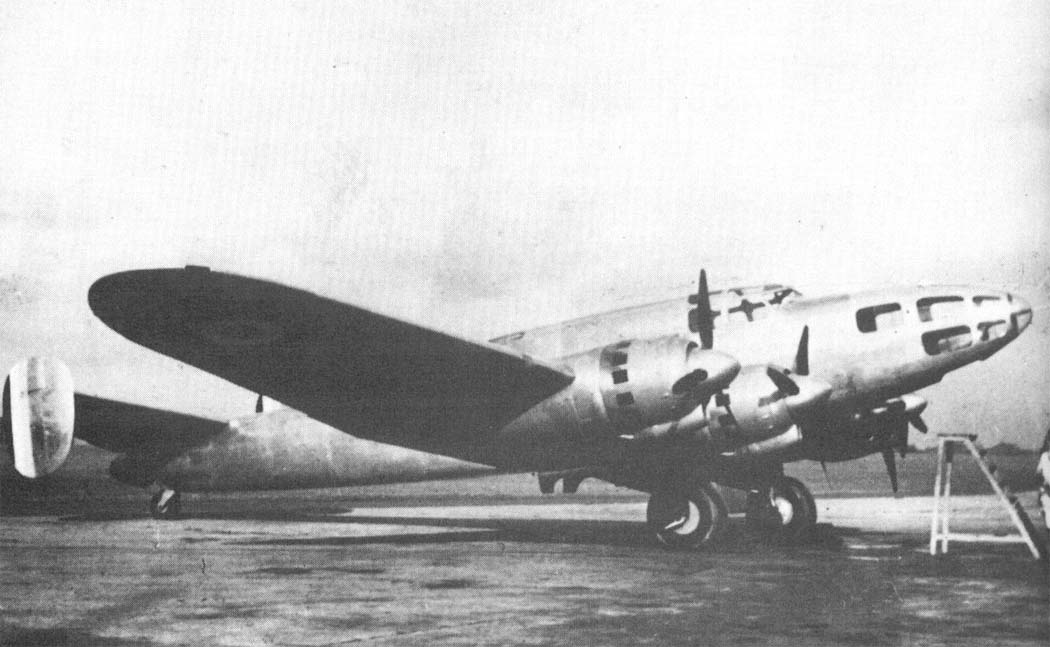Tag: Aircraft
-
Douglas XSB2D-1 Destroyer

Douglas XSB2D-1 Destroyer The Douglas XSB2D-1 Destroyer was designed as a replacement for both the Douglas SBD Dauntless and the new Curtiss SB2C Helldiver. It was fitted with a bomb bay and underwing racks for up to 4,200 lb (1,900 kg) of bombs or one torpedo (typically the Mark 13), while defensive armament consisted of… Read more
-
Douglas BTD Destroyer

Douglas BTD Destroyer Developed from the Douglas XSB2D-1 Destroyer as a torpedo bomber for the US Navy, the Douglas BTD Destroyer first flew on 5 March 1944. It differed from the XSB2D-1 with the removal of the turrets and second crewman, the addition of more fuel and armor and wing racks that could carry two… Read more
-
Bloch MB.135 French Bomber Prototype

Bloch MB.135 French Bomber Prototype The Bloch MB.135 made its maiden flight on 12 January 1939. A development of the Bloch MB.131, it was designed as a medium bomber for the French Air Force. Heavily redesigned, it bore little resemblance to the MB.131 it was derived from. It was developed in parallel with the twin-engined… Read more